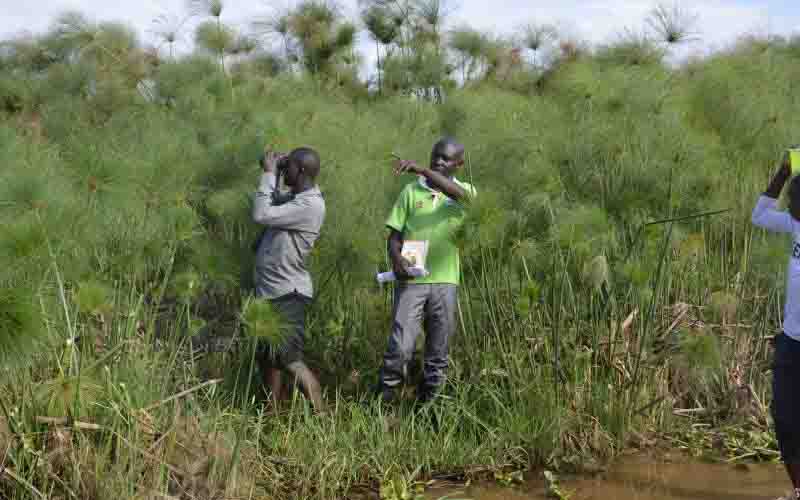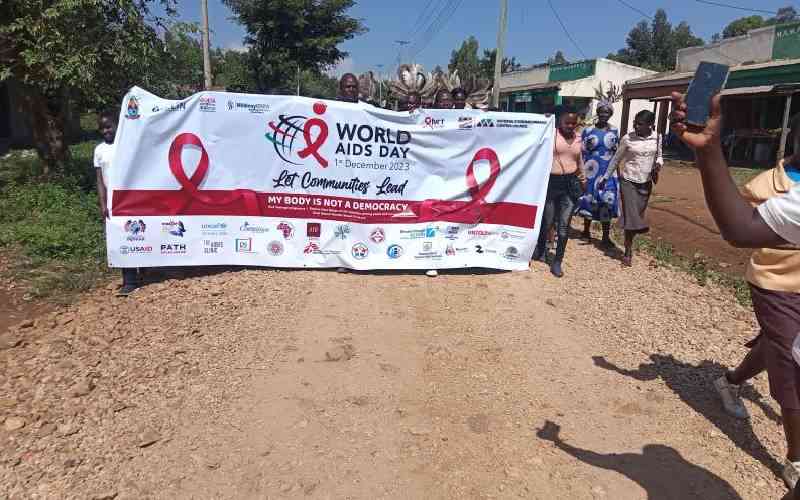
A section of Yala swamp that spread across Siaya and Busia Counties. [Caroline Chebet, Standard]
Mining and agricultural activities have claimed nearly half of Kenya’s wetlands over the last 50 years, according to two reports.
Ahead of events to mark World Wetlands Day on Wednesday, a report by the...
 The Standard Group Plc is a multi-media organization with investments in media platforms spanning newspaper print
operations, television, radio broadcasting, digital and online services. The Standard Group is recognized as a
leading multi-media house in Kenya with a key influence in matters of national and international interest.
The Standard Group Plc is a multi-media organization with investments in media platforms spanning newspaper print
operations, television, radio broadcasting, digital and online services. The Standard Group is recognized as a
leading multi-media house in Kenya with a key influence in matters of national and international interest.











